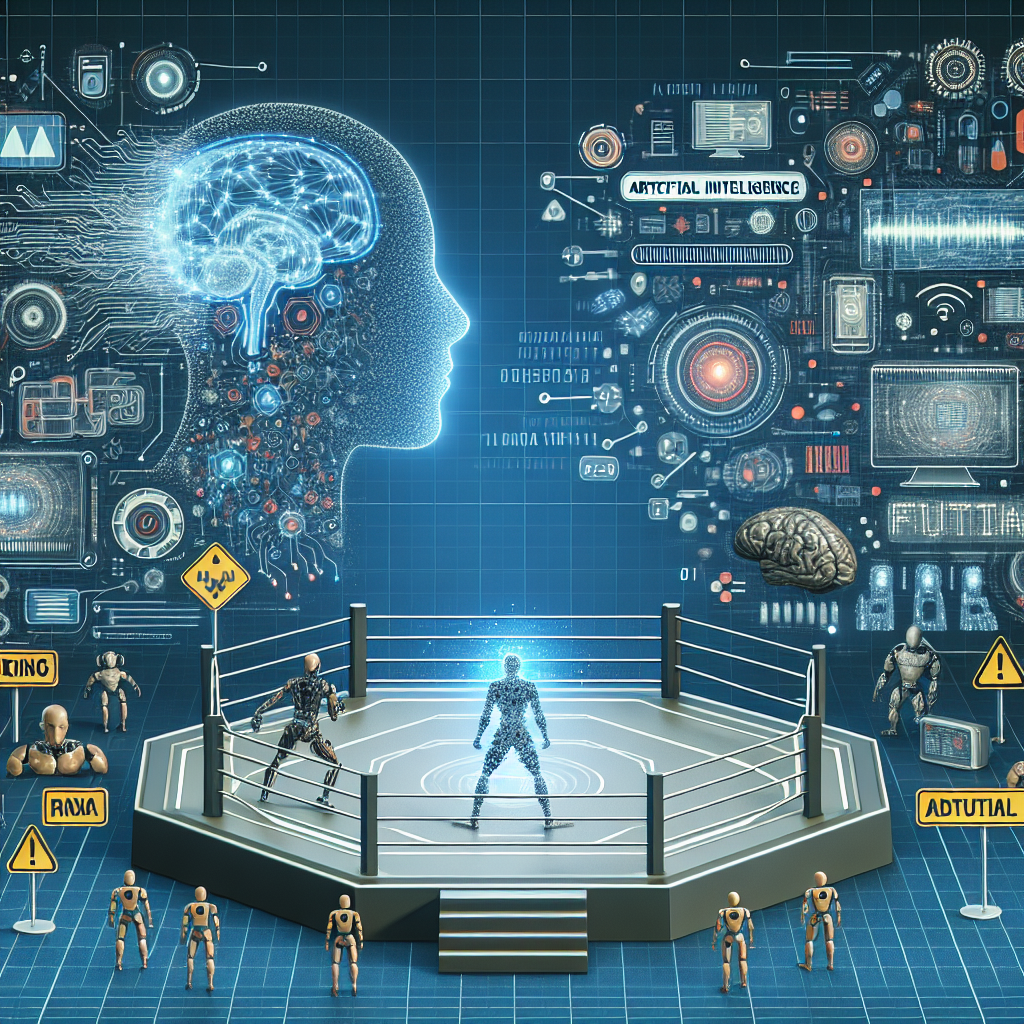Artificial intelligence (AI) and machine learning have become buzzwords in recent years, with their applications spreading across various industries. From self-driving cars to personalized recommendations on streaming platforms, AI and machine learning are revolutionizing the way we live and work. However, along with the benefits they bring, there are also potential risks associated with these technologies. Understanding these risks is crucial in ensuring that AI and machine learning are used responsibly and ethically.
AI vs Machine Learning
Before delving into the potential risks of AI and machine learning, it’s important to understand the difference between the two terms. AI is a broad concept that refers to the simulation of human intelligence in machines that are programmed to think and act like humans. Machine learning is a subset of AI that focuses on the development of algorithms that allow machines to learn from data and make decisions without being explicitly programmed.
While AI encompasses a wide range of technologies, machine learning is a specific approach to building AI systems. Machine learning algorithms use statistical techniques to enable machines to improve their performance on a specific task over time. This is done by analyzing large amounts of data and identifying patterns that can be used to make predictions or decisions.
Potential Risks of AI and Machine Learning
As AI and machine learning continue to advance, there are several potential risks that need to be addressed to ensure the responsible and ethical use of these technologies. Some of the key risks include:
1. Bias and Discrimination: One of the biggest risks associated with AI and machine learning is the potential for bias and discrimination in decision-making. Machine learning algorithms are trained on historical data, which can contain biases that reflect societal prejudices. If these biases are not addressed, AI systems can perpetuate and amplify existing inequalities.
2. Lack of Transparency: Another risk of AI and machine learning is the lack of transparency in how these systems make decisions. Machine learning algorithms can be complex and difficult to interpret, making it challenging to understand how they arrive at their conclusions. This lack of transparency can lead to a lack of accountability and trust in AI systems.
3. Security and Privacy Concerns: AI and machine learning systems are vulnerable to security breaches and cyberattacks, which can compromise sensitive data and privacy. As these technologies become more prevalent in various industries, it’s essential to implement robust security measures to protect against potential threats.
4. Job Displacement: The automation of tasks through AI and machine learning has the potential to displace jobs and change the nature of work in many industries. While these technologies can improve efficiency and productivity, they can also lead to job losses and economic disruption for workers who are displaced by automation.
5. Ethical Concerns: AI and machine learning raise ethical concerns related to the impact of these technologies on society and individuals. Issues such as accountability, fairness, and transparency need to be addressed to ensure that AI systems are developed and used in a way that aligns with ethical principles.
FAQs
Q: What is the difference between AI and machine learning?
A: AI is a broad concept that refers to the simulation of human intelligence in machines, while machine learning is a subset of AI that focuses on developing algorithms that allow machines to learn from data and make decisions.
Q: How can bias and discrimination be mitigated in AI and machine learning systems?
A: Bias and discrimination in AI and machine learning systems can be mitigated by carefully examining and addressing biases in training data, implementing fairness and transparency measures, and promoting diversity in AI development teams.
Q: What measures can be taken to address security and privacy concerns in AI and machine learning?
A: To address security and privacy concerns in AI and machine learning, organizations should implement robust security measures, such as encryption and access controls, conduct regular security audits, and comply with data protection regulations.
Q: How can the potential job displacement caused by AI and machine learning be mitigated?
A: To mitigate the potential job displacement caused by AI and machine learning, organizations should invest in reskilling and upskilling programs for workers, promote lifelong learning initiatives, and explore new job opportunities created by automation.
Q: What ethical considerations should be taken into account when developing and using AI and machine learning systems?
A: When developing and using AI and machine learning systems, ethical considerations such as accountability, fairness, transparency, and privacy should be taken into account to ensure that these technologies are used responsibly and ethically.
In conclusion, AI and machine learning have the potential to transform industries and improve efficiency and productivity. However, it’s essential to be aware of the potential risks associated with these technologies and take proactive measures to address them. By promoting transparency, fairness, and ethical principles in the development and use of AI and machine learning systems, we can harness the full potential of these technologies while minimizing their negative impacts.

